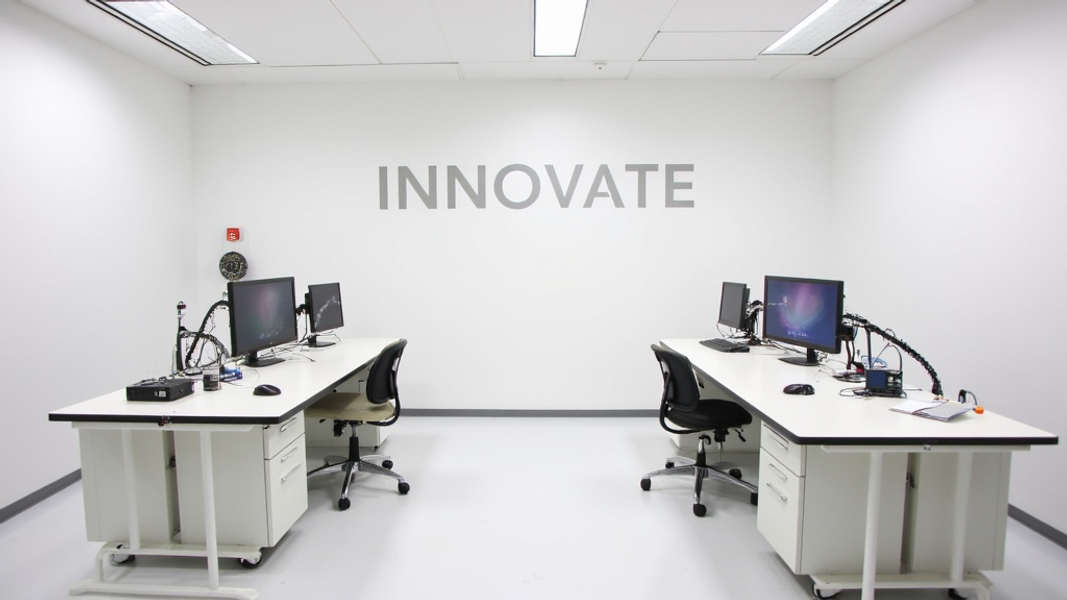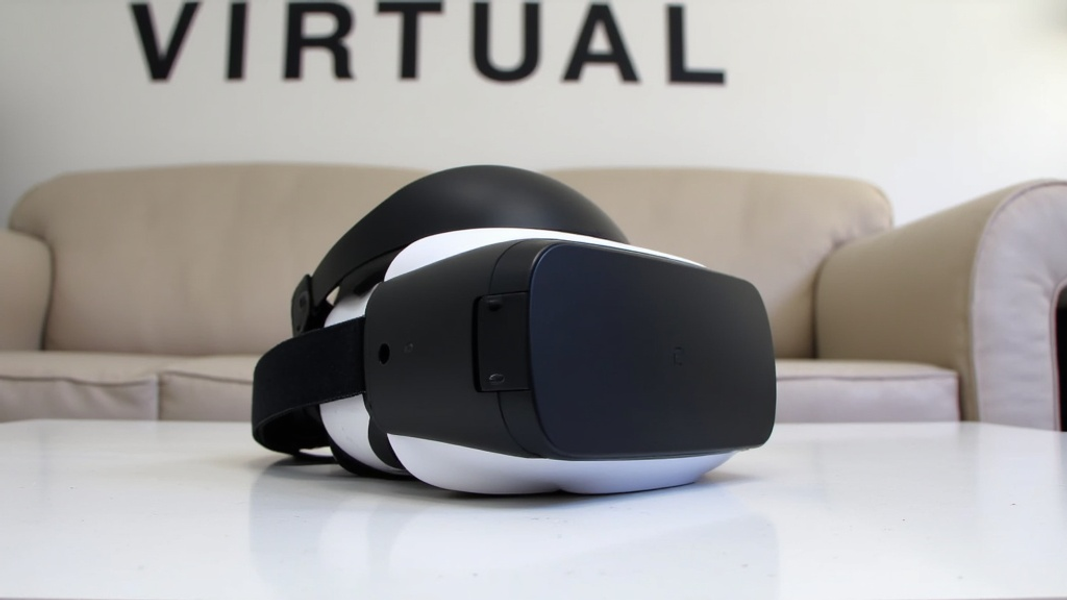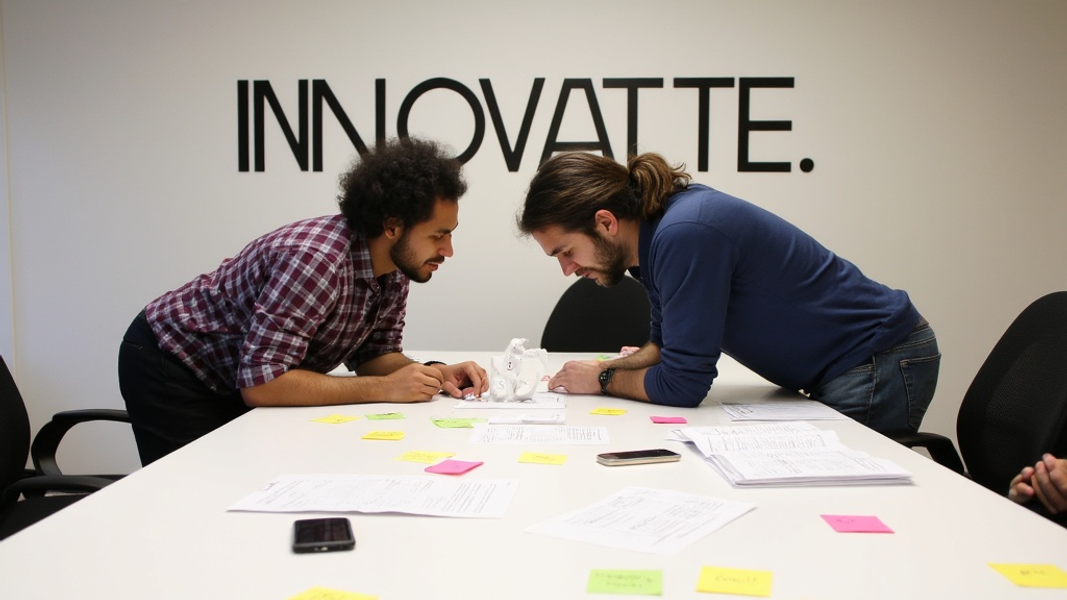
Product testing can make or break your next big launch. In this post, we'll explore cutting-edge product testing ideas that will help you gather valuable feedback and set your product up for success in the market.
Understanding Product Testing
What is Product Testing?
Product testing is the process of evaluating a new or improved product before it hits the market. It involves getting real people to use your product and provide feedback on its features, usability, and overall appeal. This crucial step helps businesses identify and fix problems early, saving time and money in the long run.
Why is Product Testing Important?
Testing your product thoroughly before launch offers several key benefits:
- It helps you spot and fix issues before customers do.
- You can make sure your product meets user needs and expectations.
- It reduces the risk of costly recalls or negative reviews after launch.
- You gain insights that can guide future product improvements.
By investing time in product testing, you're setting your business up for a smoother launch and happier customers.
Traditional Product Testing Methods
While newer methods are gaining popularity, it's worth understanding some tried-and-true testing approaches.
Focus Groups
Focus groups bring together a small number of people to discuss your product in depth. A moderator leads the conversation, asking questions and encouraging participants to share their thoughts and opinions.
This method is great for getting detailed feedback and observing how people interact with your product. However, it can be expensive and time-consuming to organize, and the small sample size might not represent your whole target market.
Surveys
Surveys allow you to collect feedback from a large number of people quickly. You can use online tools like SurveyMonkey or Google Forms to create and distribute your surveys.
Surveys work well for getting specific answers to questions about your product. But they may not capture the depth of insight you'd get from face-to-face methods.
Beta Testing
Beta testing involves giving a nearly-finished version of your product to a group of users to try out in real-world conditions. This approach can uncover bugs, usability issues, and feature requests that you might have missed.
To run an effective beta test:
- Choose a diverse group of testers who represent your target market.
- Set clear goals for what you want to learn.
- Provide easy ways for testers to give feedback.
- Be ready to act quickly on the insights you gather.
Beta testing can be incredibly valuable, but it requires careful planning and management to get the most out of it.
5 Innovative Product Testing Ideas
Now, let's dive into some fresh approaches to product testing that can give you an edge in today's fast-paced market.
1. Social Media Teaser Campaigns
Social media platforms offer a unique opportunity to test product concepts and gather feedback quickly. Platforms like TikTok, Instagram, and Twitter allow you to reach a wide audience and gauge interest in your product idea.
For example, you could create a short video showcasing your product concept and post it on TikTok. The comments, likes, and shares can give you valuable insights into how people perceive your idea. Craggy Games used this approach with great success, posting a video of their ring toss game that went viral and garnered millions of views and positive comments.
To make the most of social media testing:
- Keep your content short and engaging.
- Use hashtags to reach your target audience.
- Respond to comments and questions to gather more detailed feedback.
- Track metrics like views, likes, and shares to measure interest.
2. Micro-Influencer Collaborations
Micro-influencers are social media personalities with smaller, but highly engaged followings. They often have a strong connection with their audience and can provide authentic feedback on your product.
To use this method:
- Identify micro-influencers in your product's niche.
- Reach out with a personalized message explaining your product and why you'd value their input.
- Send them a prototype or early version of your product to test.
- Ask them to share their honest thoughts with their followers.
This approach not only gives you valuable feedback but also helps build buzz around your product before launch.
3. Crowdfunding Platforms as Testing Grounds
Crowdfunding sites like Kickstarter and Indiegogo can be powerful tools for product testing. By launching a campaign, you can gauge market interest, get feedback on your product concept, and even secure funding for production.
The SnapGrip camera grip for smartphones is a great example of this approach. Their Kickstarter campaign raised over $600,000, far exceeding their initial goal. This not only provided funding but also validated the market demand for their product.
When using crowdfunding for product testing:
- Create a compelling campaign page that clearly explains your product.
- Offer different reward tiers to appeal to various segments of your market.
- Use updates to gather feedback and show how you're responding to backer input.
- Pay attention to which reward levels are most popular, as this can guide your pricing strategy.
4. Virtual Reality Product Simulations
Virtual reality (VR) technology has come a long way, making it a viable option for product testing. By creating a VR simulation of your product, you can let testers interact with it in a realistic environment without the need for physical prototypes.
This method is particularly useful for:
- Large or complex products that are difficult to prototype.
- Products that are used in specific environments.
- Testing different design variations quickly.
For example, a furniture company could create VR simulations of different couch designs, allowing testers to see how they look in various room settings and even "sit" on them to test comfort.

To implement VR testing:
- Partner with a VR development company or use VR creation tools.
- Create realistic 3D models of your product.
- Design interactive elements that mimic real-world use.
- Set up testing sessions where users can try out your virtual product.
5. Gamified Testing Apps
Turning product testing into a game can increase participation and improve the quality of feedback you receive. By creating an engaging app that incorporates elements of your product, you can make testing fun and rewarding for participants.
For instance, if you're developing a new fitness tracker, you could create an app that challenges users to complete various workouts while wearing a prototype. The app could award points for completed challenges and feedback provided.
To create an effective gamified testing app:
- Identify key features of your product that you want to test.
- Design game mechanics that encourage thorough testing and feedback.
- Include rewards or leaderboards to motivate participants.
- Make it easy for users to submit feedback within the app.
This approach can lead to more engaged testers and more detailed, actionable feedback for your product development team.
Implementing Your Product Testing Strategy
Now that we've explored some innovative testing ideas, let's look at how to put them into action.
1. Define Clear Testing Objectives
Before you start testing, it's crucial to know what you want to learn. Are you looking to validate the core concept? Test specific features? Determine the right price point? Clear objectives will guide your testing process and help you choose the right methods.
2. Choose the Right Testing Method(s)
Based on your objectives, product type, and resources, select the testing methods that best fit your needs. You might use a combination of traditional and innovative approaches for a well-rounded testing strategy.
3. Select and Prepare Your Test Group
Identify who your target users are and recruit a diverse group that represents them. Make sure your testers understand what's expected of them and provide any necessary training or instructions.
4. Collect and Analyze Feedback
Use tools like surveys, in-app feedback forms, or user interviews to gather data. Look for patterns in the feedback and prioritize issues based on their impact and frequency.
5. Iterate and Improve
Use the insights you've gathered to refine your product. This might involve tweaking features, adjusting your marketing approach, or even pivoting your concept if necessary.
Remember, product testing is an ongoing process. Even after launch, continue to gather feedback and make improvements.

Measuring the Success of Your Product Testing
To ensure your testing efforts are effective, it's important to track key metrics throughout the process.
Key Metrics to Track
- Participation rate: The percentage of invited testers who actually engage with your product.
- Feedback quality: The depth and actionability of the feedback received.
- Issue discovery rate: The number of unique issues or improvement suggestions identified.
- User satisfaction scores: How testers rate their overall experience with the product.
- Intent to purchase: Whether testers would buy or recommend the product.
Tools for Analyzing Product Testing Data
Several tools can help you collect and analyze your testing data:
- UserTesting for gathering video feedback from users.
- Hotjar for heatmaps and user session recordings.
- Airtable for organizing and categorizing feedback.
- Tableau for creating visual reports of your testing data.
By tracking these metrics and using the right tools, you can get a clear picture of how well your product is performing and where improvements are needed.
Conclusion
Product testing is a critical step in bringing successful products to market. By embracing innovative testing methods alongside traditional approaches, you can gather more comprehensive feedback and set your product up for success.
Remember, the goal of product testing is not just to validate your ideas, but to truly understand your users and create something that meets their needs. Be open to feedback, ready to iterate, and committed to continuous improvement.
With these innovative product testing ideas in your toolkit, you're well-equipped to launch products that resonate with your target market and stand out in today's competitive landscape.
Frequently Asked Questions
How long should product testing take?
The length of product testing varies depending on the complexity of your product and the methods you use. Generally, plan for at least 4-6 weeks for thorough testing, but some products may require several months of testing and iteration.
How many people should I include in my product testing?
The number of testers depends on your product and testing method. For qualitative methods like focus groups, 5-10 people per group is typical. For quantitative methods like surveys, aim for at least 100 responses to get statistically significant results.
What if I get negative feedback during testing?
Negative feedback is valuable! It highlights areas for improvement before you launch. Don't get discouraged; use this feedback to refine your product and make it even better.
Can I use multiple testing methods for one product?
Absolutely! Using a combination of testing methods often provides the most comprehensive insights. For example, you might use social media teasers for initial concept testing, then move on to beta testing with a smaller group of users.
How do I protect my product idea during testing?
While it's important to gather feedback, you should also protect your intellectual property. Consider having testers sign non-disclosure agreements (NDAs) and only reveal necessary details about your product during testing.
